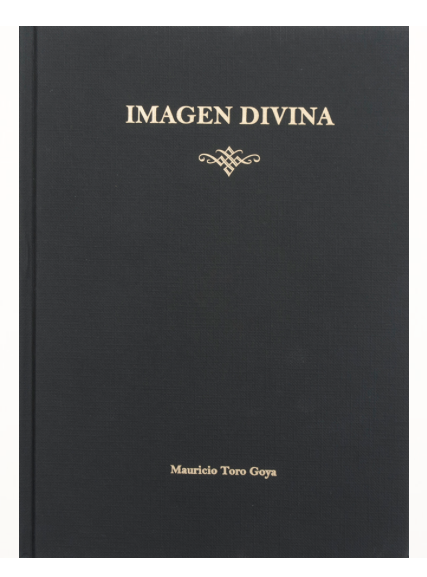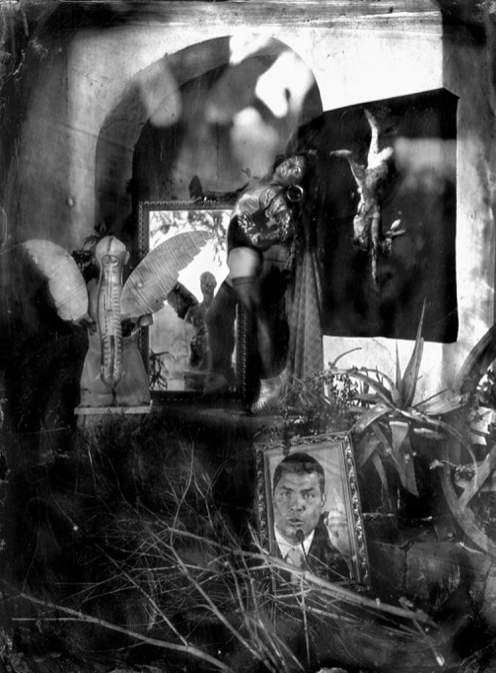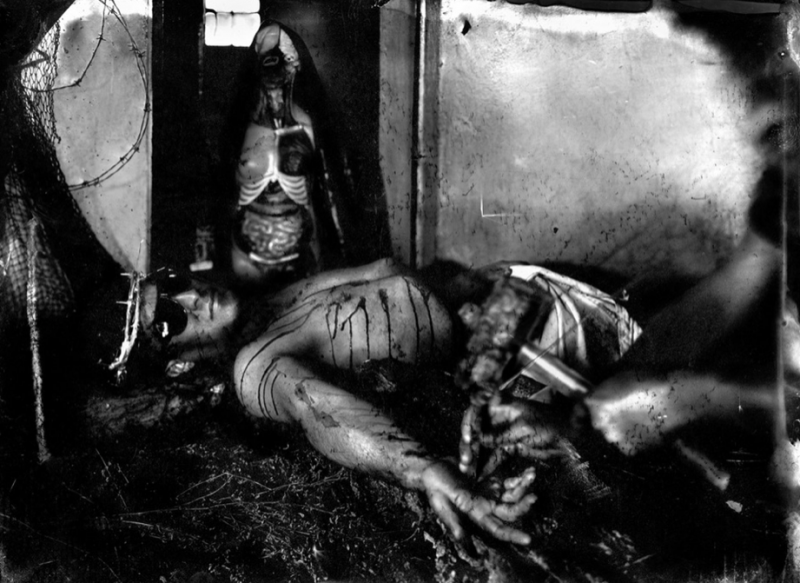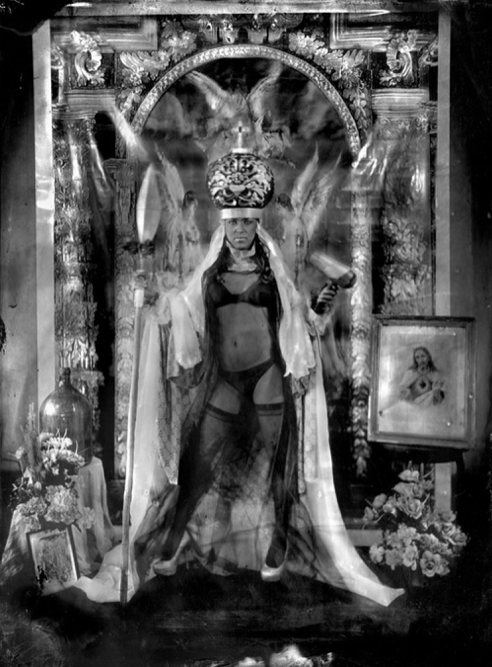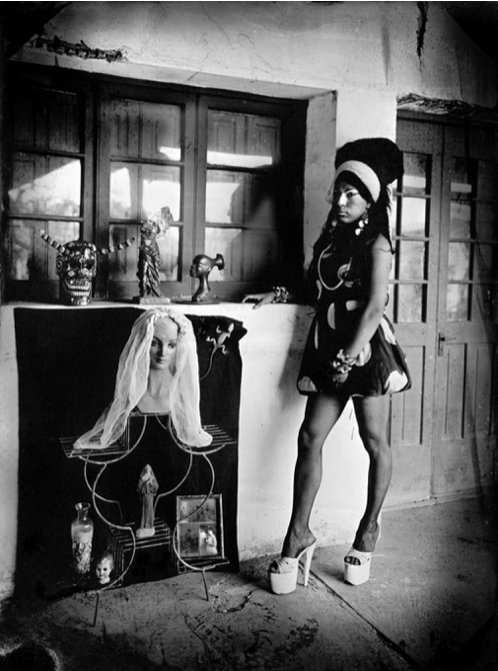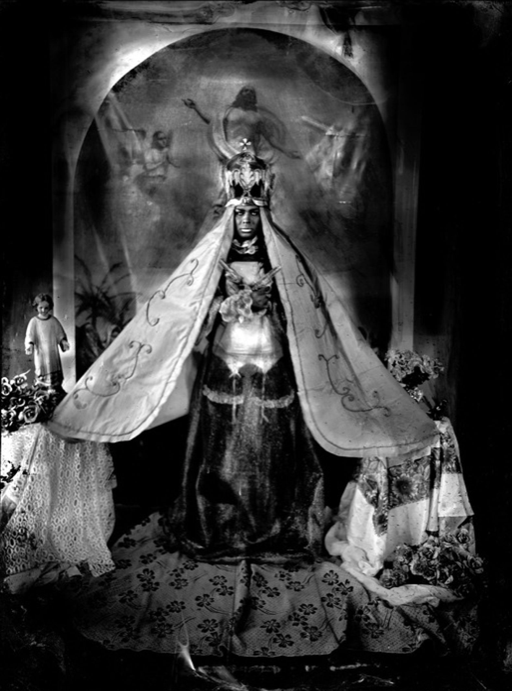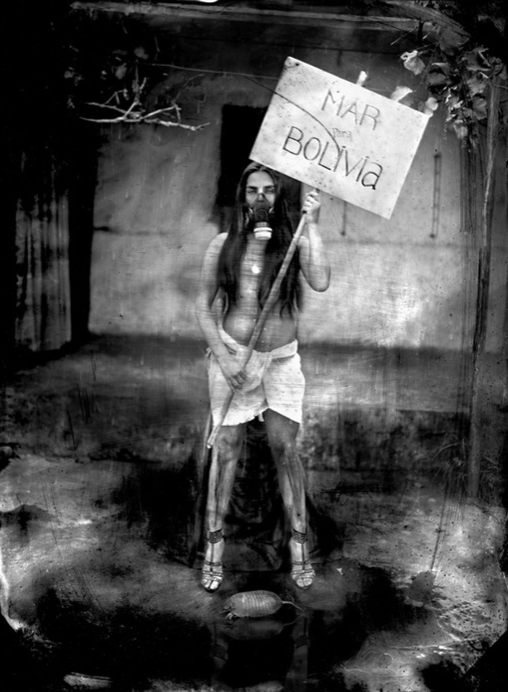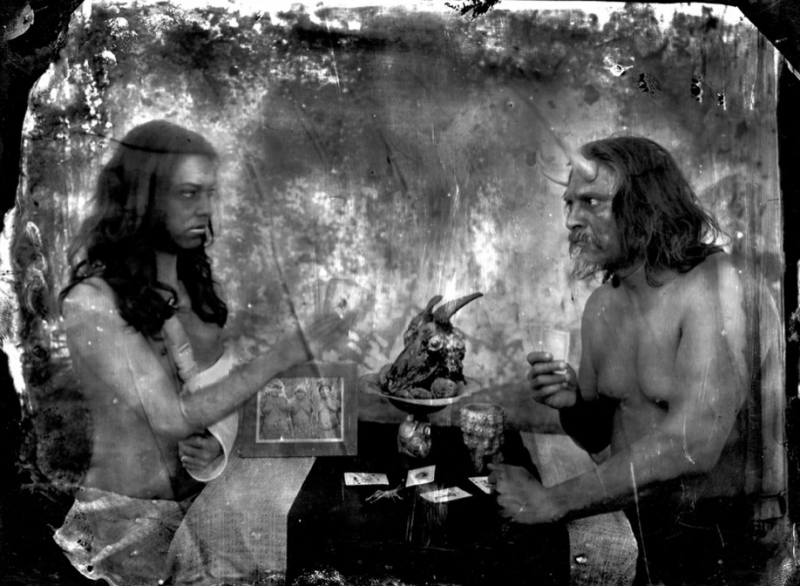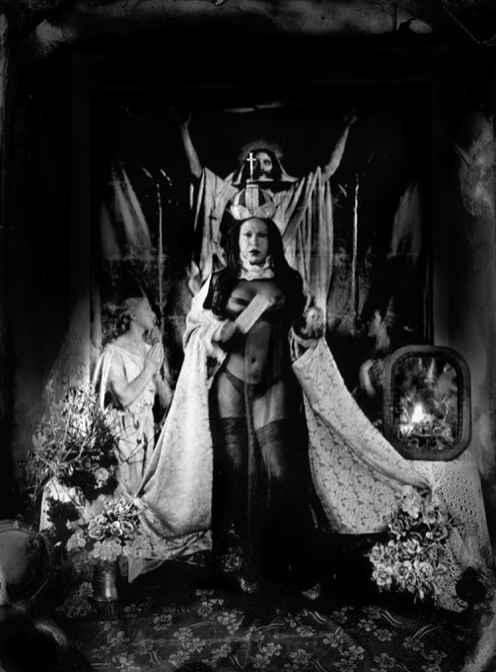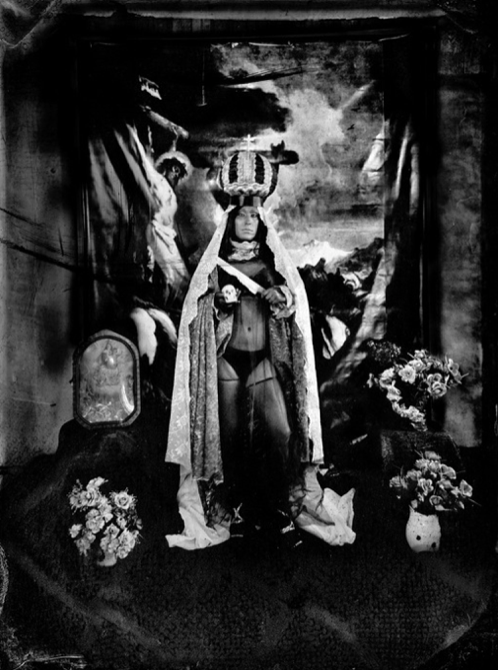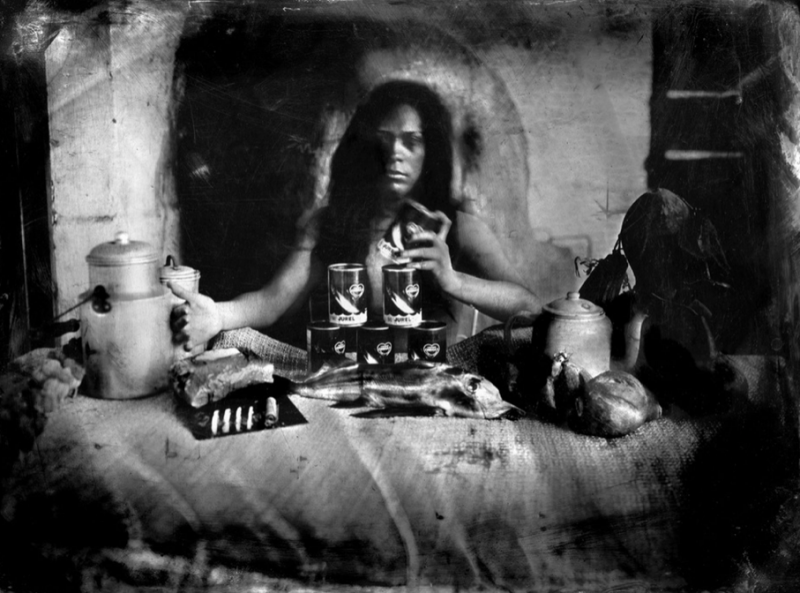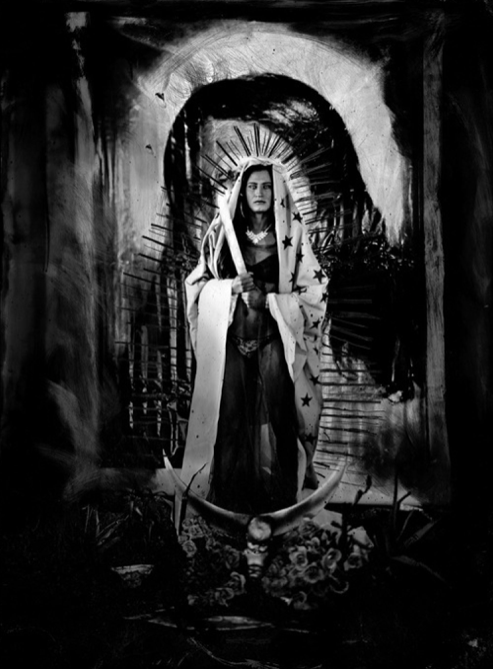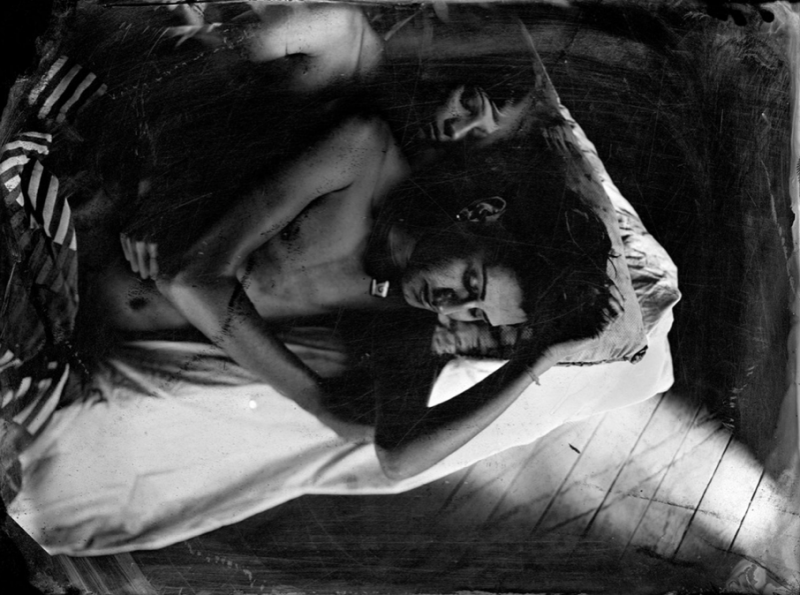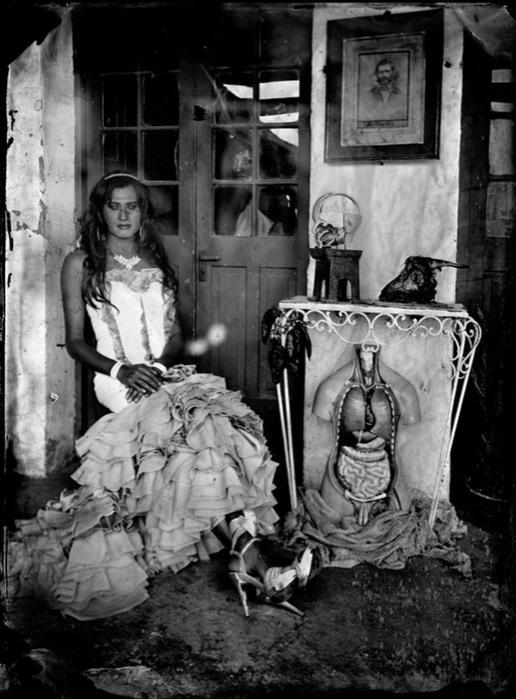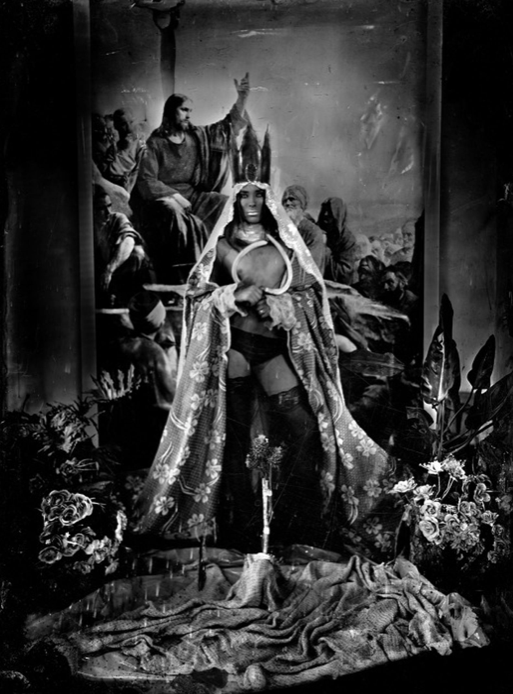‘Imagen Divina’ Book by Mauricio Toro Goya 2012
‘Imagen Divina’ Photography Book by Mauricio Toro Goya 2012, 6.5 x 9 inches. Hardcover. Very good condition.
Incredibly Beautiful Photographs. Spanish & English. Collector’s Item. FONDART Publisher.
USD$65
Divine Image
2012 – 2013
Chile
In the Divine Image Series, the virgin of Mauricio Toro Goya represents a neo baroque vision of contemporary image. Chaotic and re multiple meanings, remnant of the confused and the syncretic of a colonial era where the concept ultimately prevails in an image that is transformed and a popular culture that appropriates the icons of the past and modern, which consumed in the streets, at fairs and in space (now cyber).
To Serge Gruzinsky (1) “The colonial imaginary, like today, practice contextualization and reuse, destructuring and restructuring of languages”, appears in a permanent construction of new forms and shapes.
These virgins represent seven Latin American countries, and a critical perception of the dominant power hierarchy, comparing with the religious image, the divine icon and suffered the concept of Virgin, inserted at the end of the fifteenth century, charged by the Spanish 500 years ago, and re-appears, clad new readings and appropriations.
In Divine Image, contemporary virgins are seven and brunettes (related to the conquest of America), represented by transvestites, children suffering from a restrictive culture, symbols of self-sacrifice that to get the dark shed, be transformed, in a desired identity and postponed, sexy and provocative. Virgin undressed and lush neo baroque, who pose as goddesses and women wonder, the real superheroes of a religious culture conditioning.
His portraits of transgressors bodies, transgressed, imagined and built from the old and new standards such as television, are sterile and plastic, silicone voluptuous, that have changed the rosary and flowers by: guns, knives, guns, skulls, dryers hair and even political demands, general allegory Latino history, present, and violent criticism
The Opacity of the Colonial Shine
By CARLA MÖLLER ZUNINO
'Imagen Divina', the first photobook by Mauricio Toro Goya, captures a long itinerary of Latin American arguments related to evangelization, hegemonic power and the colonial order that we also see deployed in most of the curatorial texts, catalogues, references and information on this and Some other recent works by the author. The book fits comfortably into postcolonial criticism; In it, he proposes to examine the limits of the cultural heritage and the iconographic normality instituted by the colonial religious apparatus. The trace-image seeks to restore and make visible the paradox of representation in the mimetic space of the scenery and in the rigidity of the stereotyped gesture apprehended through idolatry and adoration.
Seven series presented in triptychs refer to three discursive spaces according to a reiterated narrative script. The altars with their virgins, the biblical story and the allegorical reconstruction of the body emancipated from the aesthetic norm in Magdala, homeland of María Magdalena, are represented by seven transvestites chosen as models who clothe the modern history of Latin America with rebellion and lustful truth. …
